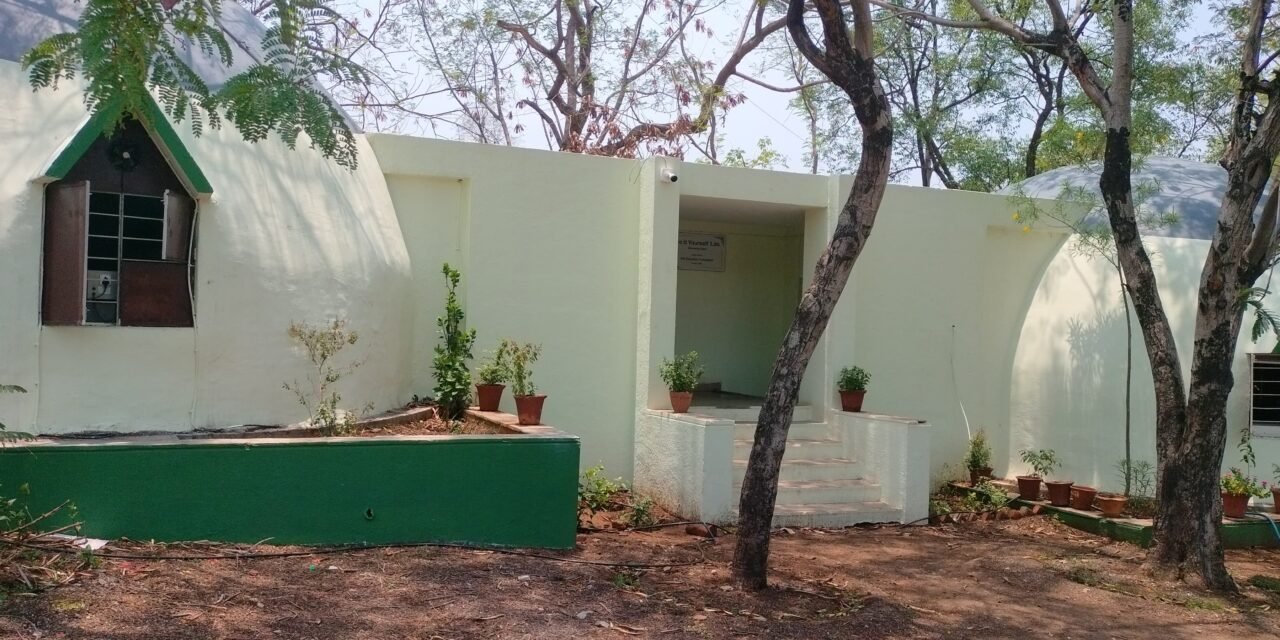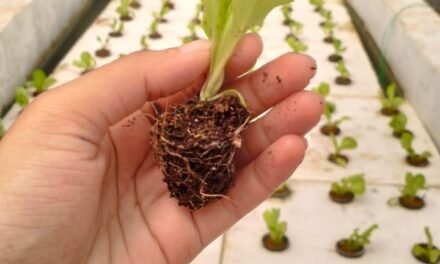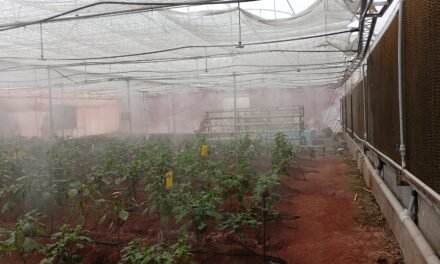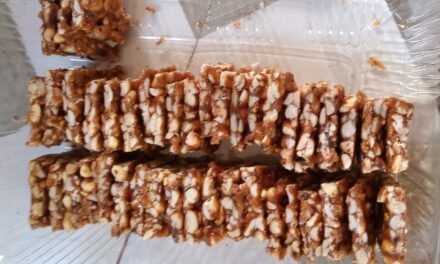I hear and I forget. I see and I remember. I do and I understand.
Confucius
Introduction
Hello readers, I’m Aary. I’m an electrical engineering student in COEP. I joined the DIY Lab as an intern in May 2024 under the summer social internship program at our university. I’ve worked as an intern for a month and let’s just say this was transformative experience.
My work here was broadly in two categories
- Projects
- Helping in the hands-on sessions for students from a wide age range
Projects
- AI aided video generation: Making animated videos using a variety of AI based tools
- A new website for DIY Lab: With and without website builder tools
Detailed Documentation Link:
Website Generation: https://docs.google.com/document/d/1tsdf0tCbFrHKKgOUqpNvAbv2uflQ5eXMyNxbLWPQjEA/edit?usp=sharing
Video Generation: https://docs.google.com/document/d/1-3uI5x0qpsdcR0DVEbvCI6jSNY_oImG5etUO86oF5jc/edit?usp=sharing
AI Aided Video Generation
Under this project, there were three sub-projects,
- Making a moral story-based video
- Making a promotional video for DIY Lab
- Producing documentation for the video making process so that others can follow along
In order to make the videos, I’ve used a variety of tools such as
- ChatGPT to generate the storyline and script
- Leonardo AI to generate images
- Haiper AI, LeiaPix and PikaLabs to generate videos
- FreeTTS, TTSFree, Elevenlabs to turn the script into audio
- Canva to compile everything together into one video
I faced some issues with tools such as Elevenlabs because if they detect another free account on the IP address you’re using, they’ll disable TTS access to your account which is troublesome in case you’re sharing WIFI, using VPN or using dynamic IP addresses
Haiper AI allowed me to directly convert text to videos, in case of LeiaPix, I had to provide a photo, usually generated by Leonardo AI
Leonardo AI has a credit system which will deduce credits from your account depending on the number of images, type of model used etc. Ensure that you use the right model for your application and make the most out of credits you spend. Be very specific about what you want in the prompts but if the prompt is over-constrained or under-constrained, the image may not be good.
Following are the videos I made:
Website Development

The first website was made using website builder wix.com.
Wix is a freemium website building tool that leverages the capabilities of generative AI to understand the need of the client and generate templates, text and media for the website accordingly
It can be accessed at: https://aaryangre42.wixsite.com/diy-lab
Some features of wix can be used only if we purchase premium, since VA already has a domain, it was more feasible to write the code myself and submit it.
We then shifted to writing the code ourselves – for this purpose, I’ve used vanilla HTML, CSS and PHP. To make work slightly easier, I used Bootstrap which helped me in making animations, themes and layouts. Since the header and footer would be the same for all pages, I made a common “header.php” and “footer.php” files and included them in each page, except the class which had the header’s background image, by editing that class individually in each page, I could change the background image of each page’s header.
This is otherwise a straightforward process, just following good coding and SEO practices is key to making a great deployable website

The website doesn’t need a backend since it is mostly a static page. For contact form, I tried making our own contact form, but I wasn’t able to integrate the API properly, hence I’ve embedded a google form and linked the data to a google spreadsheet


Makerspace Management Software – Curiosita
My next task was to implement and evaluate a makerspace management software called Curiosita
This software was made by an alumnus of Vigyan Ashram as an attempt to help with managing inventory, issuing and borrowing different objects from inventory, especially for makerspaces like the DIY Lab.
We were provided an administrator account for the platform. From here, we could add our inventory details, add users who can make requests to borrow or issue material and schedule returns as well!
Hands-on Activity Sessions
During the four weeks of my internship, I’ve contributed in the following activities:
- 3D Pen: It’s working principle and how to use it
- Block programming: Game development and animation using scratch
- Website development using AI tools: wix.com
- Hydraulic systems and making a hydraulic scissor lift
- Understanding collisions using Newton’s cradle
3D Pen session

This was the first session which I was a part of. The session started with brief introduction of myself and the students. We then jumped on to the actual session. Akash, my colleague started by explaining the function and utilities of 3D Pen followed by me explaining 3D printing process and software.
Thereafter, the hands-on activity begun. Honestly, this was my first time using a 3D pen myself. Students drew what they wanted on a piece of paper so that it can be traced later. The kids sure were a lively bunch, their imagination ranged from the massive rockets to the good old Pokemon. We followed the instructions that came with the packaging and traced their drawings and soon enough, the results were visible, a table full of colourful handcrafted models.
Hydraulic Scissor Lifts

We’ve all seen those DIY arts and crafts videos on YouTube but rarely do we actually make any of that stuff ourselves. This time however, with the help of all the students, I was able to not only explain the working, principle and construction of a hydraulic lift but also make one.
During the processes, we went through a sea of topics such as mechanical joints, hydraulic and pneumatic systems and once again, Pokemon theories. Also, props to Malhar for pointing out that a mechanical scissor-like structure can be used to make a mechanical equivalent of an arm!
Newton’s Cradle

Haven’t we all seen the Newton’s cradle at-least once? It’s a simple desk toy/decoration but is a great tool for teaching concepts such as conservation of energy and conservation of momentum. This was a daunting task, especially because I was supposed to conduct this session without my supervisor.
I started the day by preparing a rough sketch of what we are supposed to make on the board along with the materials, I had also prepared a model myself beforehand. Special thanks to Kulkarni sir for helping me conduct the batches smoothly.
Block Programming

This session was slightly easier, especially because the students were slightly older and more mature; they were also somewhat acquainted with Scratch, the software we used for this session. Each student prepared their own game and an animated video story themselves.
I’ve also conducted a session for website development using AI tools with this exact set of students, and I must say they are very creative and are critical thinkers, especially given their age.
Website Development Workshop
Following up on the website development session using website builders, this workshop aimed at introducing website programming using the following:
- HTML
- CSS and Bootstrap
- JavaScript and JQuery
Although we wanted to introduce backend development as well, it would have been too much to cover in 2 hours especially, given that the students did not have a background in web-development.
This workshop started with making a website using vanilla programming languages but then we shifted to using the different frameworks. This gave the students a taste of both, what barebones programming is and how libraries make things easier. I didn’t introduce any fancy frameworks either since
Impact
Witnessing the impact of our creations in the hands of the children was incredibly rewarding. For instance, listening to the students discuss different solutions to problems that we faced during manufacturing their projects, showcasing the skills and knowledge they have culminated over the years. These experiences solidified my belief in the power of DIY initiatives to address social challenges and create positive change.
Takeaways and Aspirations
This internship wasn’t just about technical skills like web development, manufacturing processes, generative AI but also soft skills such as communication, teaching and forming bonds. While I honed my abilities in both technical and non-technical spheres, the most valuable takeaway was the importance of human-centered design and collaborative problem-solving. Working alongside the dedicated team at Vigyan Ashram’s DIY Lab, I learned to approach challenges from a community perspective, prioritizing solutions that were accessible, sustainable, and empowering.
This internship has significantly shaped my future aspirations. I am now driven to contribute towards providing quality education and training, and thereby empowering the youth. The potential of DIY labs to equip communities and bridge the gap between theory and practical application is truly inspiring. I am confident that the skills and experiences gained here will be instrumental in all my future endeavors.
Conclusion
I am incredibly grateful to Vigyan Ashram’s DIY Lab for providing this transformative experience. The mentorship, collaborative environment, and the opportunity to contribute to meaningful projects have been invaluable. I am confident that the Lab’s mission to empower youngsters through DIY learning will continue to flourish, and I hope to stay connected in any way I can to support their impactful work.





